On Kay Nielsen, Disney, and the sanitization of the modern fairy tale.
The mermaid in the illustration was lithe, mysterious, sylphlike. She perched on a rock, inscrutable. For years, I’d been bombarded with the images, books, merchandise, and endless one-offs of Disney’s The Little Mermaid. Disney’s Ariel was redheaded, cheerful, an open book—voluptuous in that squeaky-clean cartoon way. She was certainly not the mermaid Hans Christian Andersen envisioned when he wrote his tragic tale. But here was a sad water sprite who was the perfect embodiment of the ambiguous virtues of folklore. I’d stumbled across her online, in a series of concept drawings for Disney’s The Little Mermaid. They had been drawn in the fifties and shelved for thirty years.
Who was this illustrator, Kay Nielsen? What happened to his version of the mermaid?
I grew up during a losing streak for Disney. They were putting out live-action films, and while their classic fairy tales were still beloved, they were scarce. As a child, I was more familiar with the source material: I had devoured the Grimms, the Andersens, the Perraults with gusto. I have noticed that younger generations tend to be shocked to learn the original plot of Andersen’s “The Little Mermaid” (spoiler: she kills herself), hence the scores of articles revealing the real stories behind Disney fairy tales. Disney made his versions cannon; the originals were reduced to curiosities.
Perrault and the Grimm brothers collected the folk stories peasant women had told their daughters since prehistory. They repackaged them for the landed (and literate) gentry. Dark tales told as warnings gained some lightness and lost a bit of savagery in these retellings. But they still retained the elements that Bruno Bettelheim approved of when he wrote his classic, The Uses of Enchantment, where he posited that children resolve their fears by imagining themselves up against fairy-tale monsters. When Hans Christian Andersen, George MacDonald, and other writers set to work in the mid-nineteenth century, they braided their modern, national stories with the wild strands still at work within fairy tales. There were plenty of writers who used fairy tales to preach moral values. But there were others, such as Andersen and the Grimms, who saw themselves as recorders rather than interpreters. Andersen had spent his childhood tagging along with his grandmother as she tended gardens at the town insane asylum, listening to the surreal tales the women there spun.
Enter Kay Nielsen. Nielsen was born in the late 1800s in Copenhagen, and so straddled the Art Nouveau and Art Deco movements. During the the Golden Age of Illustration, Nielsen and other artists, such as Arthur Rackham and Gustave Doré, found themselves illustrating expensive, exquisite gift books of fairy-tale stories. Nielsen took a Nordic coolness and married it with a love of strong line work and fantasy, creating strangely graceful creatures and spirits. According to the Nielsen scholar Noel Daniel, Nielsen loved the theater and the ballet, and was particularly taken with the fantastic costume and art designs of the Ballet Russes when he was an art student in Paris.
As Kendra Daniel points out in her introduction to the gorgeous East of the Sun and West of the Moon, reissued from Taschen, Nielsen chose to illustrate stories with a strong thread of irrationality: “they take their power from the snowdrifts of Scandinavia.” Cold, unpredictable, and indifferent to human need, these frozen landscapes heighten the danger of the fairy world inherent in the fantasy.
Though the books they illustrated were expensive, these artists were paid so little that they were forced to show their artwork at galleries to make money. On the side, in the twenties and thirties, Nielsen began designing sets and costumes for the theater. In 1924, his art was featured in the new edition of Hans Christian Andersen’s Fairy Tales. His fellow Dane wrote stories at once modern and ancient, sensual and cold—dualities always at work in Nielsen’s illustrations.
By 1936, expensive gift books were no longer sought-after. With his theater background to recommend him, Nielsen moved to Hollywood to work on Max Reinhardt’s Everyman, staged at the Hollywood Bowl. Elsewhere in Hollywood, Walt Disney was leading groundbreaking animation in films like Snow White. Disney distilled the cheerfully Puritanical values proscribed by the censorious Hays Code into fairy tales for a new generation. As Jack Zipes writes in his essay “Breaking the Disney Spell,” “animators sought to impress audiences with their abilities to use pictures in such a way that they would forget the earlier fairy tales and remember the images that they, the new artists, were creating for them.” Walt Disney was less concerned with children’s souls than he was with their parents’ wallets, and he built his empire around the bet that happily ever after sells better when untroubled by nuance.
These tales had been the one place that women, however flawed, were allowed to take up space. Disney’s versions still featured heroines, but the action in the stories fell to the princes, dwarves, and, of course, villains. (In the newest version of Beauty and the Beast, the beast and Gaston take a central role, while Belle’s sisters are done away with entirely.) The politics of colonialism and racism pervaded films like The Jungle Book and Song of the South. But the biggest coup d’état of all in the Disney film was the total dissolution of the dark. Nuance was lost to the bright glare of intentional innocence. As Zipes writes, “The diversion of the Disney fairy tale is geared toward non-reflective viewing. Everything is on the surface, one-dimensional … It is adorable, easy, and comforting in its simplicity … Disney wants the world cleaned up.”
Kay Nielsen strode into this Disney-studio atmosphere in 1940 ready to embrace the uncanny, the odd, and the unnerving. According to Noel Daniel, a sort of internationalism followed in the wake of Romanticism, bringing a more cosmopolitan version of folk and fairy tales with it, and “took a seat at the same table of widespread interest in vernacular culture.” Nielsen, like many of his fellow artists, illustrated folk works for multiple nations and cultures, his source material as diverse as his artistic influences—a mix of Arts and Crafts, Art Deco, Art Nouveau, Modernism, and Japanese woodcuts and watercolors. Before following his star to the animation studios, he had lived in Paris, London, and Copenhagen. But he arrived in Hollywood too late. Nielsen was hired to work on Fantasia, and he designed one of the most original sequences in all of Disney’s films, the “Night on Bald Mountain” piece. After that, he began work on conceptual art for an upcoming film version of “The Little Mermaid.” But by the end of World War II, a soft nationalism had firmly settled into the works of American animation, and in particular the work of Walt Disney. Nielsen’s multicultural, mythical designs for the film were too dark, too morally ambiguous. The artist’s slow, painstaking style was at odds with the assembly-line speed of Disney Studios, and even when other artists were brought in to take his concepts and develop them into animations, he was worn down by the pace of the work. Nielsen and Disney parted ways, and his concept drawings were shelved. He was brought back briefly to work on Sleeping Beauty—in my opinion, the most visually striking of all the Disney films, with a strong Gothic look inspired by the period—but was let go again in the fifties.
The kind of design Nielsen specialized in—decadent, beautiful, and opulent—was no longer in vogue. He did very little profitable work in the few years before his death, in 1957. He worked on a few murals for churches and locals schools, and then, to try and make ends meet, became a chicken farmer. He and his wife relied on their friends for support, and without their help, they almost certainly would have been homeless. Nielsen died in poverty and obscurity. The age of Disney was on the rise, and the age of illustration was over. Nielsen’s art would have to wait fifty years to see new printing and popularity, and, by then, like Andersen’s mermaid, he was just foam on the waves of a long-ago world.
Amber Sparks is a novelist and essayist. Her work has appeared in Lit Hub, Electric Literature, Burnaway, Fanzine, and other publications. Her most recent book is The Unfinished World and Other Stories
from The Paris Review http://ift.tt/2GxaEJm
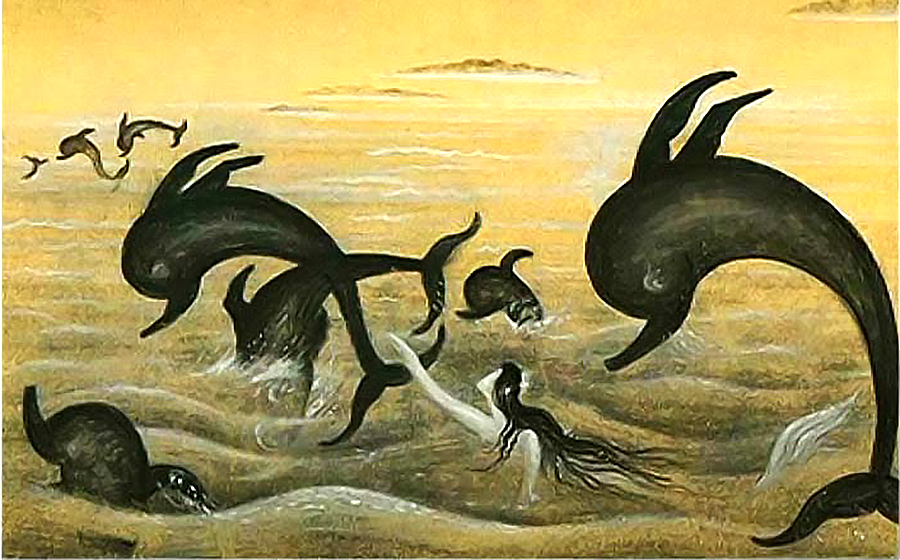

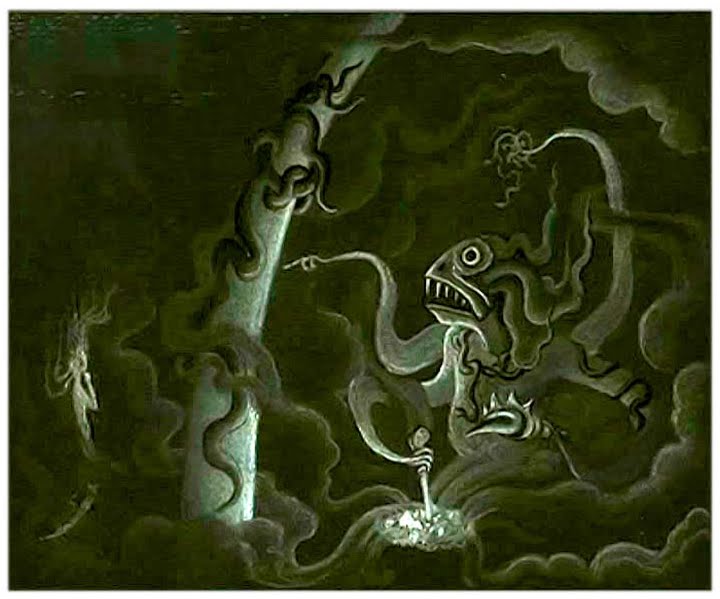
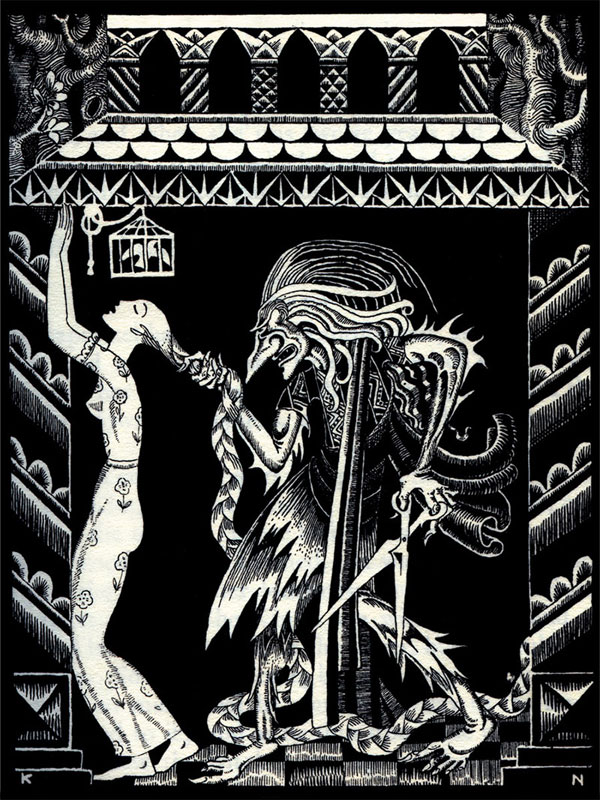
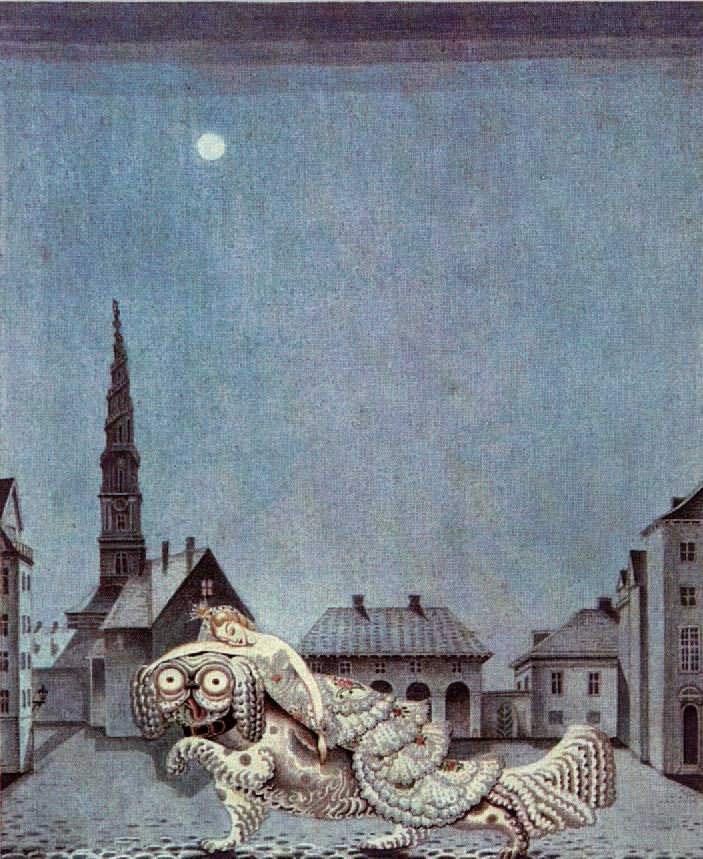
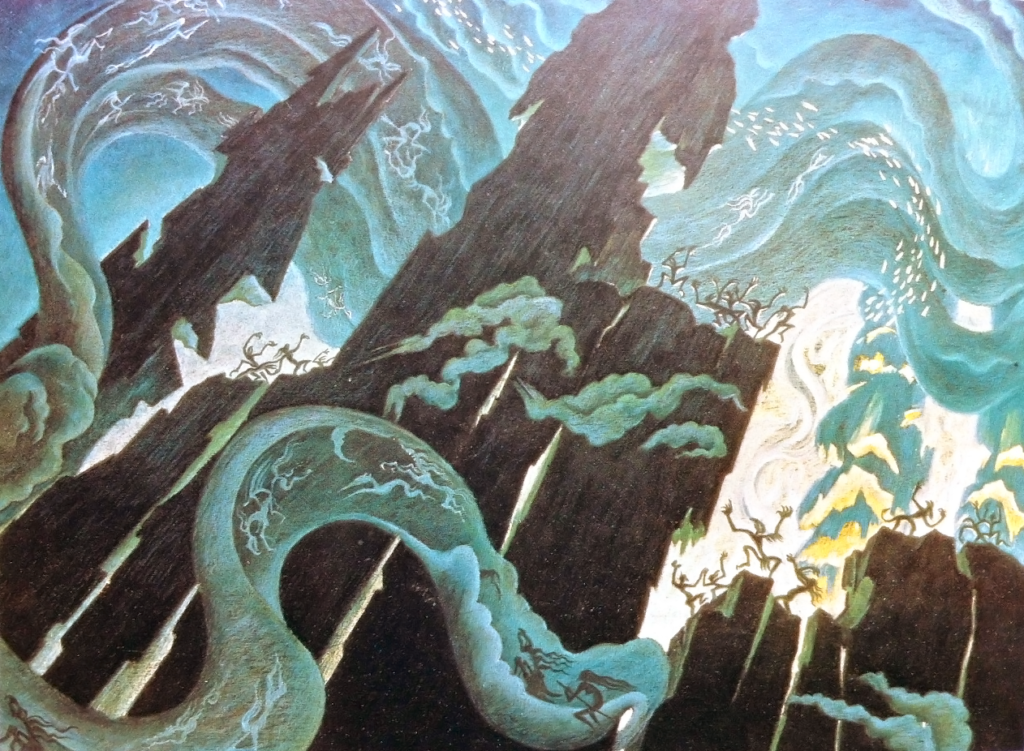
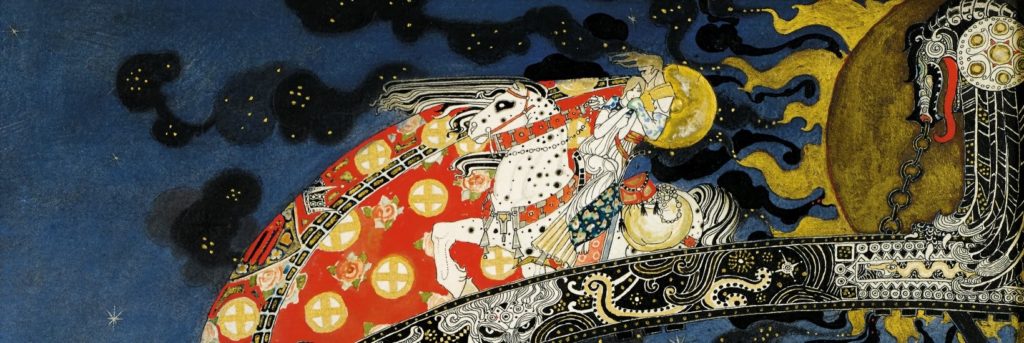
Comments
Post a Comment